Going "Back to the Future"
In a culture obsessed with looking toward the future, it is important that we don't forget to look at the past. A future built without understanding the good and bad, the successes and failures of history is one that stands on fickle foundations. There is much that we have lost to time which was once wonderful and which should be reintroduced again.
There is no need to throw the baby out with the dirty bathwater. While some things are better left behind in our pursuit of progress and a better life, many things deserve to be brought with us into the future. Building a prosperous nation and a happy people relies on learning and building upon lessons we have learned, not on throwing everything away and starting from zero every time a disruptive new technology arrives.
For example, while cars have been valuable for economic development, when they were introduced a century ago, our excitement about them led us to allow them to infiltrate every aspect of our lives. We made streets wider to accommodate them, we made houses further apart from each other and from key amenities, we replaced millions of treasured places with parking lots. In service to the car, we sacrificed so much of what we once deeply valued. In the belief that the car was the way of the future, we gave up parts of the past that we treasured.
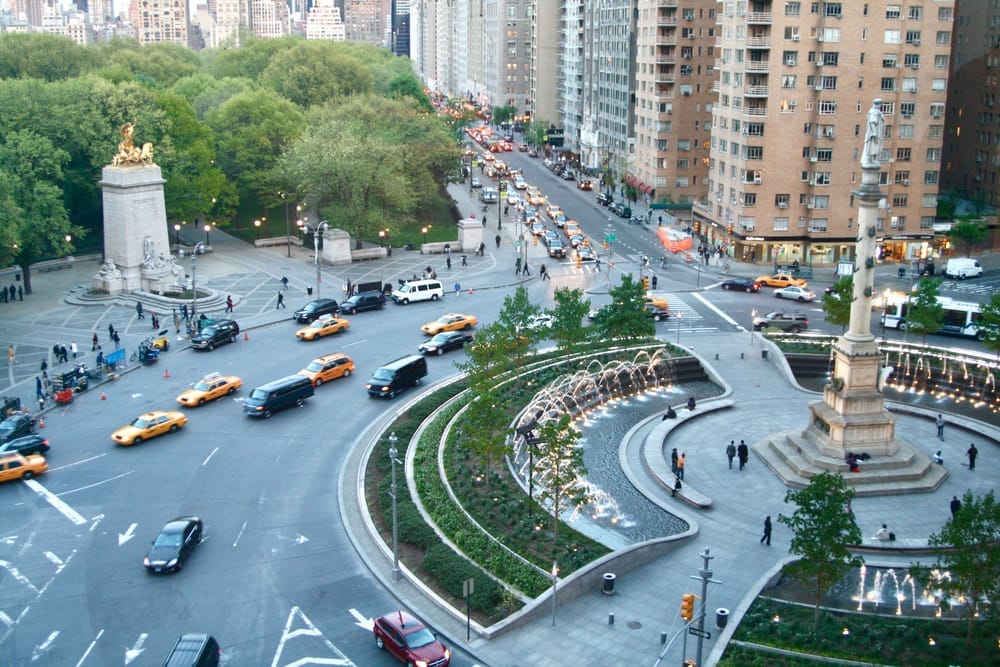

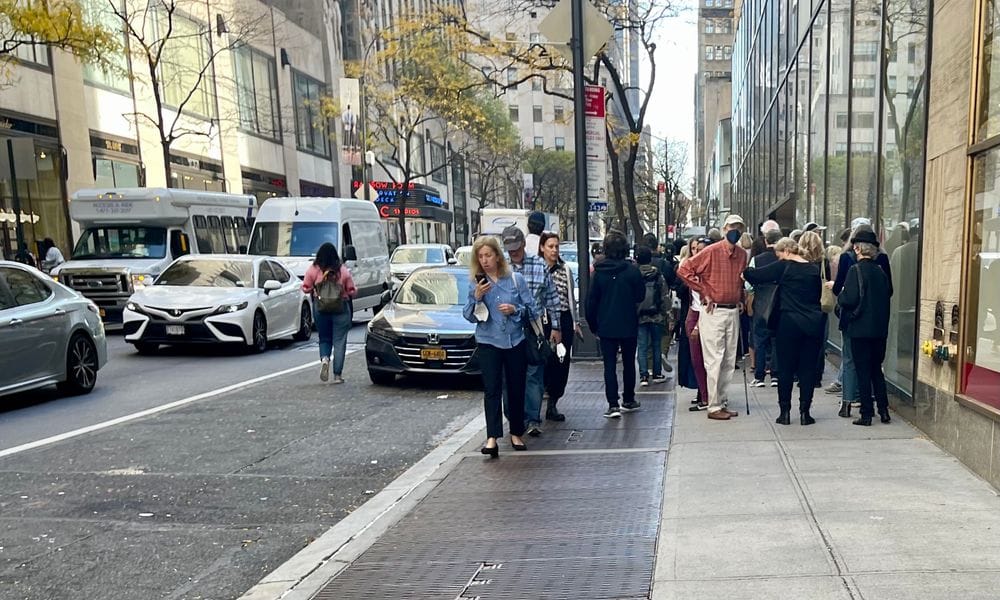
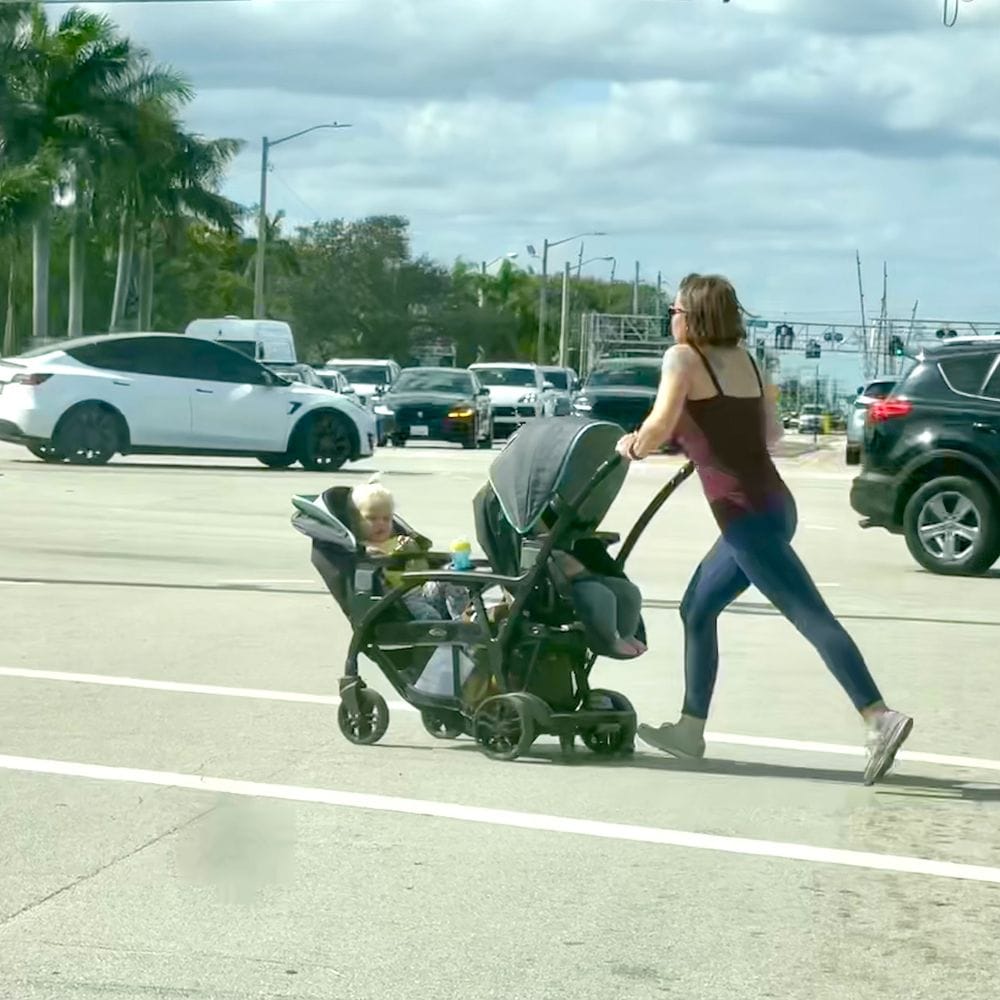
Now, we are paying for that. Because a city designed to suit the needs of machines is one designed contrary to the needs of human beings. While a car needs a wide street to speed along, humans need narrow streets to support social life, play, and shopping at walkable distances. While a car can quickly cross large distances, humans can't, leaving them isolated from each other and community life in a sprawling city. And while a car needs enormous amounts of asphalt to be stored on, humans need that space to be filled with destinations to stir their interest, fulfill their needs, and bring them together.
So before we lose any more to a vision of the future defined by cars, let's look at the past to see a more human-centric way of life that we have lost along the way. Below are some of the best kinds of places in a pre-car world that people once loved and that we can and should bring into our cities again if we are serious about creating a future where everyone can thrive.
Pleasure Gardens vs. Parks
Today, we have parks. In the past, we had pleasure gardens. Modern day parks are all too often small, bare patches of grass surrounded by car infrastructure like wide streets with speeding traffic. When everything is centered around the car, it's hard to spare space and resources in the public realm for non-car uses, like great public spaces. So the parks of today are often lacking anything interesting to do, merely offering a patch of green to rest our eyes on or walk your dog around.
Before the car became the center of urban life, cities had large, beautiful parks designed to make people happy. It was embedded in the name – "pleasure gardens." They were full of attractions, event venues, play areas, places to eat, and more things that gave people pleasure. Their purpose was to support walking, socializing, and having fun. In today's age of rare walking and little socializing, we need to bring back places that encourage these important activities.

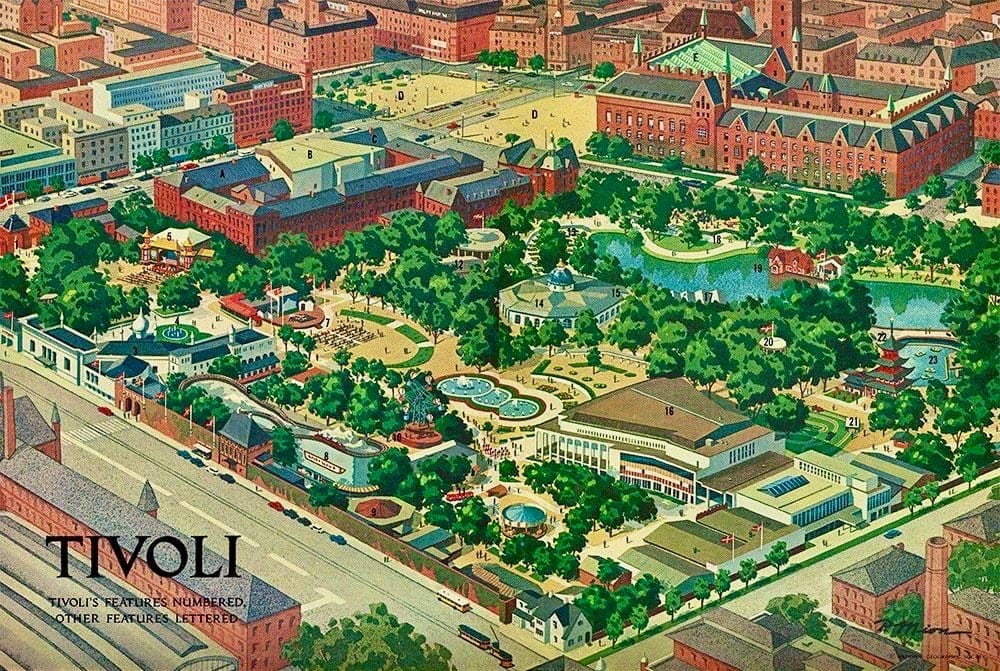
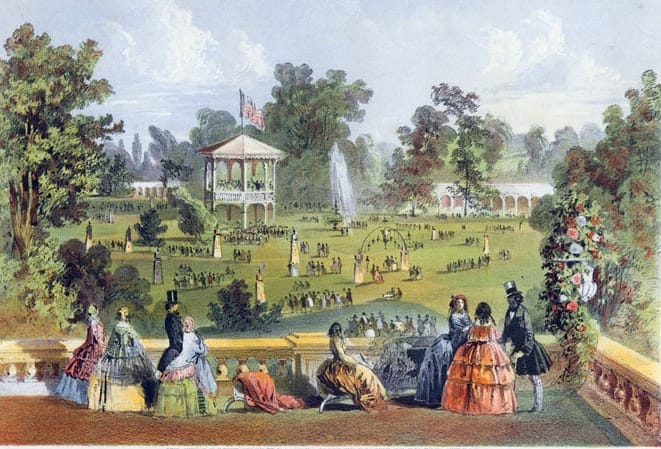
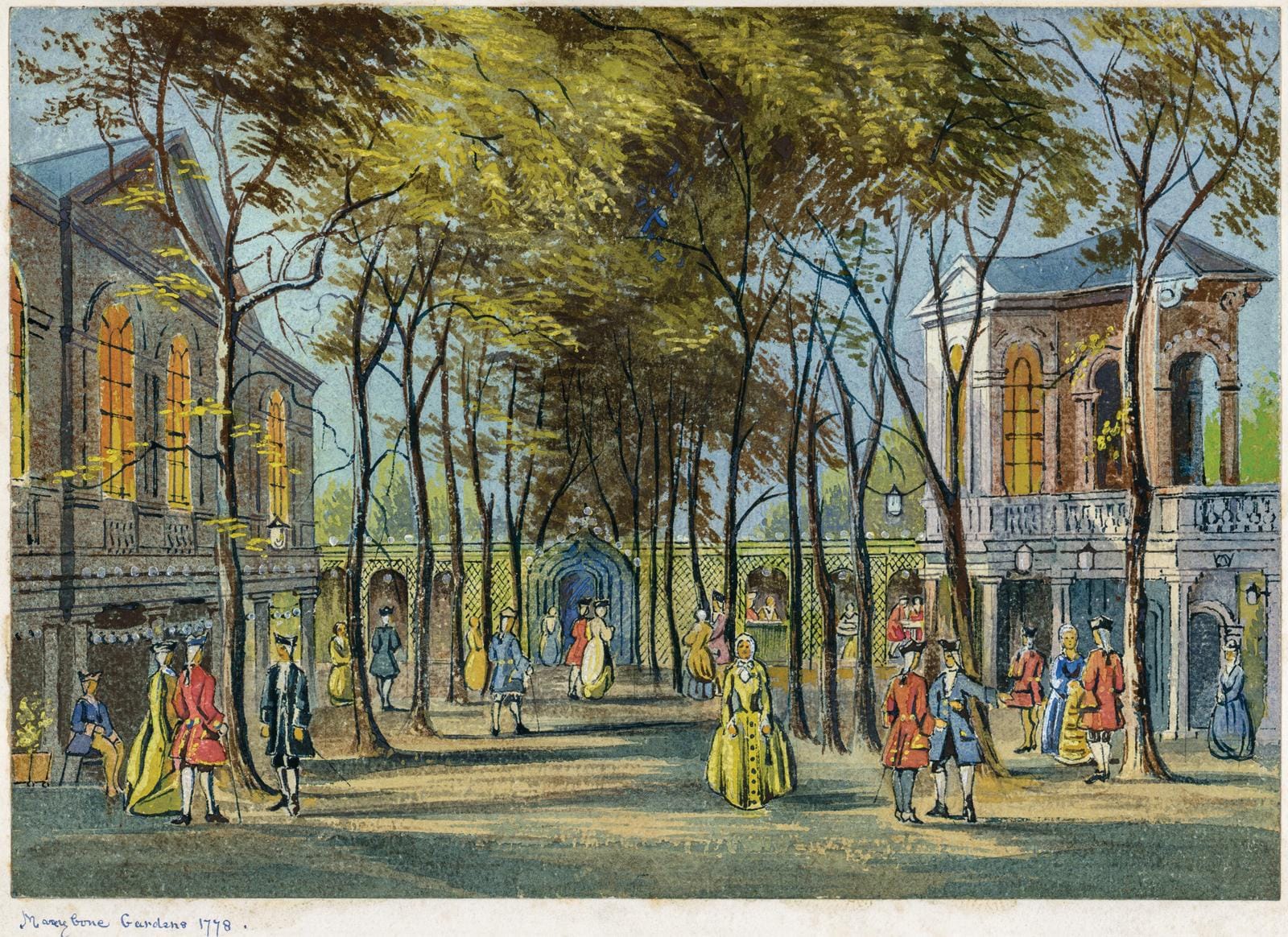
Painting source 1: https://www.homesandantiques.com/gardens/gardens-to-visit/pleasure-gardens Painting source 2: https://ephemeralnewyork.wordpress.com/2011/05/04/the-pleasure-gardens-of-lower-manhattan/
Pleasure Gardens of the past:
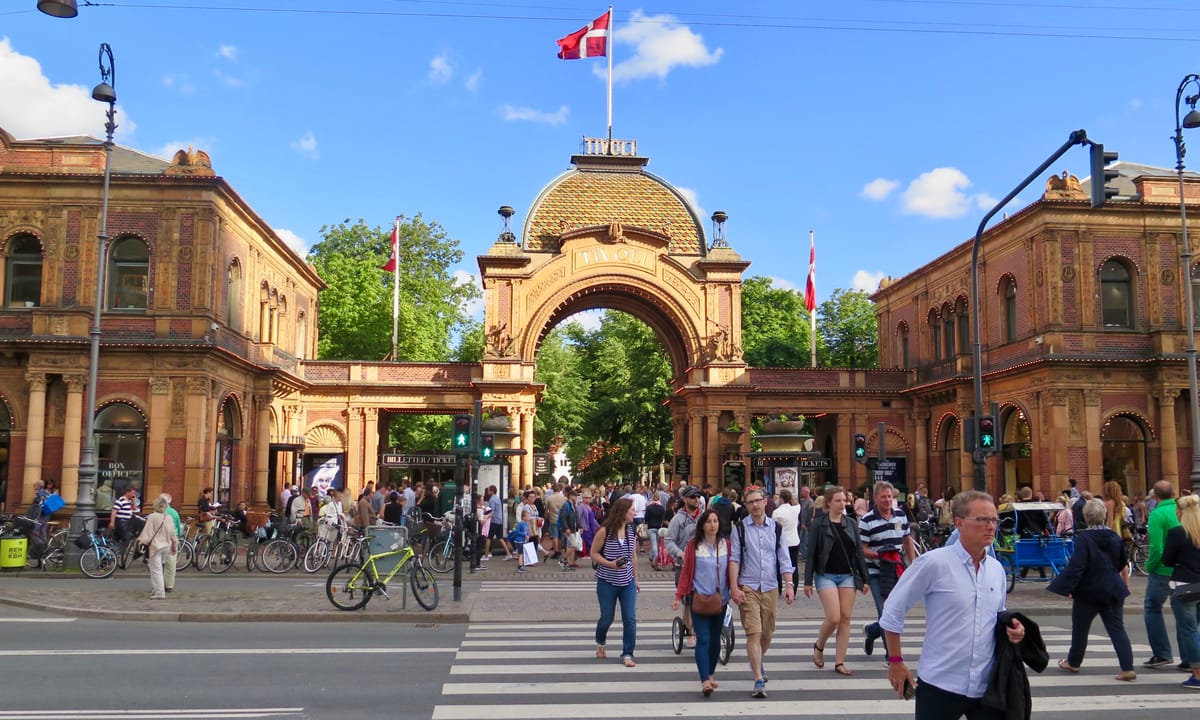
Pleasure Gardens of the present:
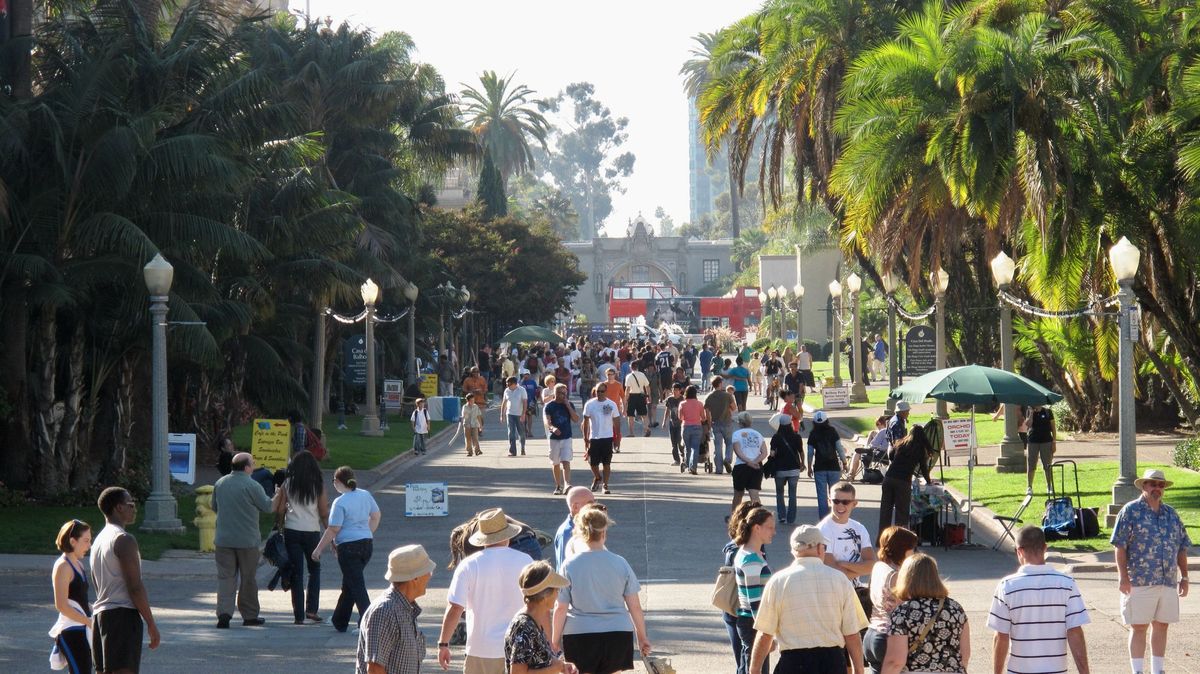
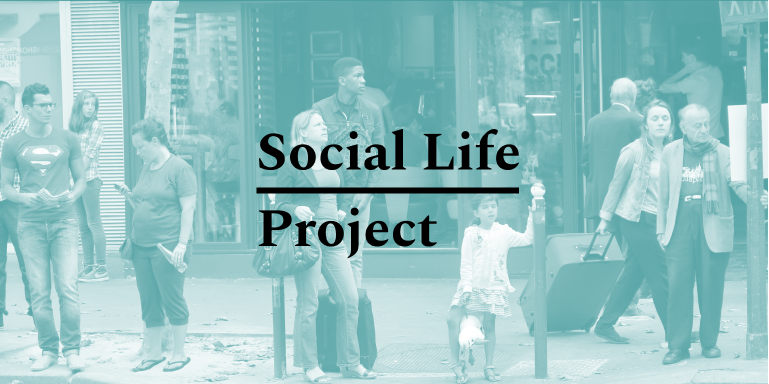
Car-Free/Car-Light Towns
A car-free town used to just be called a town. Now, not only is it hard to find a town or city that isn't overwhelmed by cars and traffic, but those few that remain have often become tourist attractions. Two of America's most popular tourist destinations, Disneyland and Disneyworld, are exactly that – artificial car-free towns where space for cars has been instead filled with attractions for people. The famous Main Street America running down the middle of these theme parks used to be a standard feature of towns everywhere.
Disney is not the only place where you can still enjoy an urban setting free of vehicles. Areas like Chautauqua in the US and many parts of Europe are designed in such a way so that cars are not welcome, and people are much happier for it. Why then, don't we have more such places?
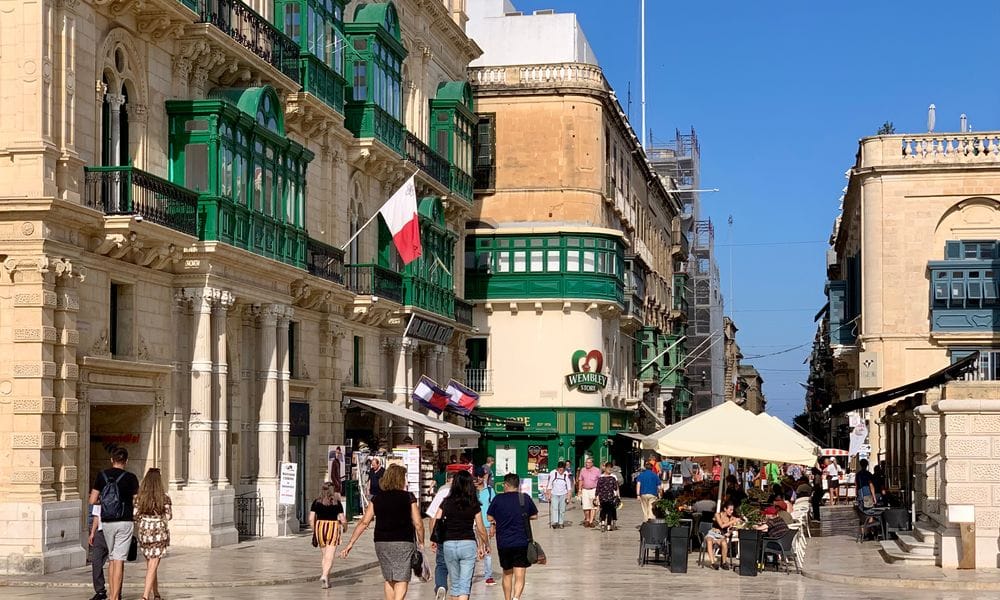
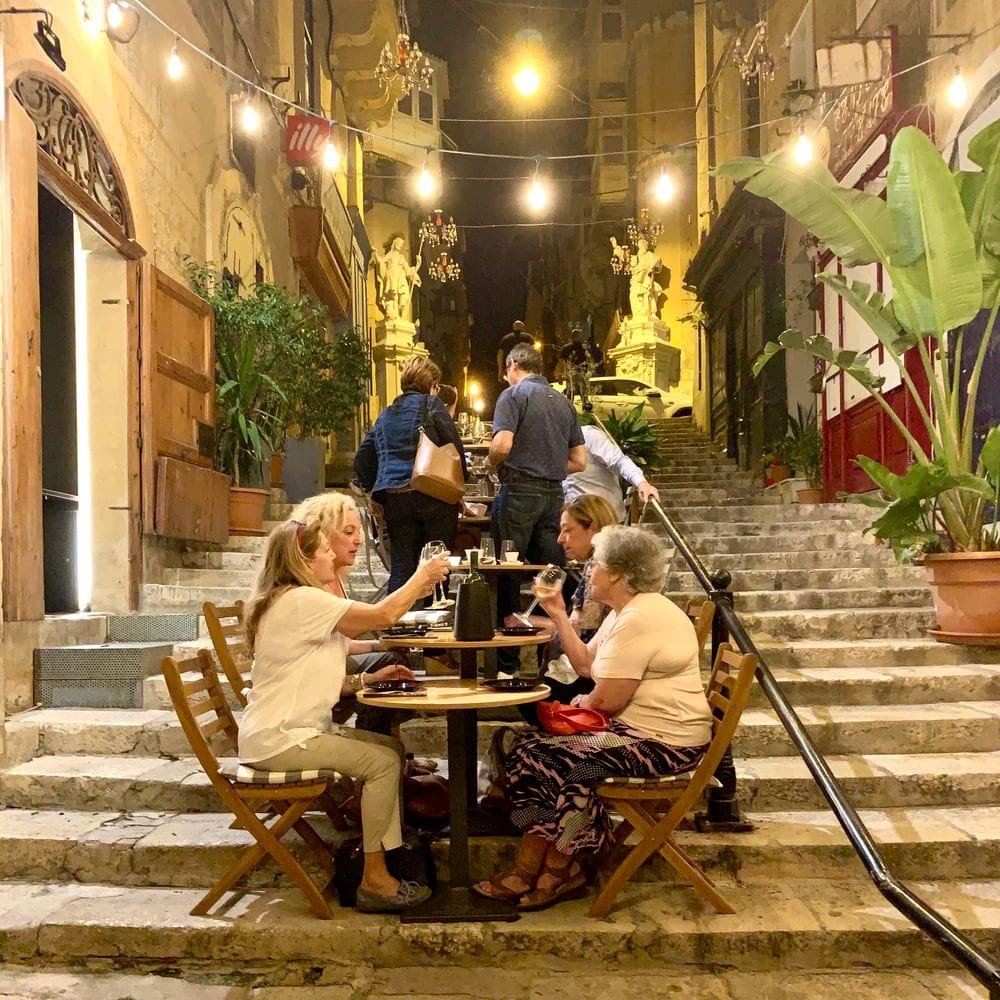
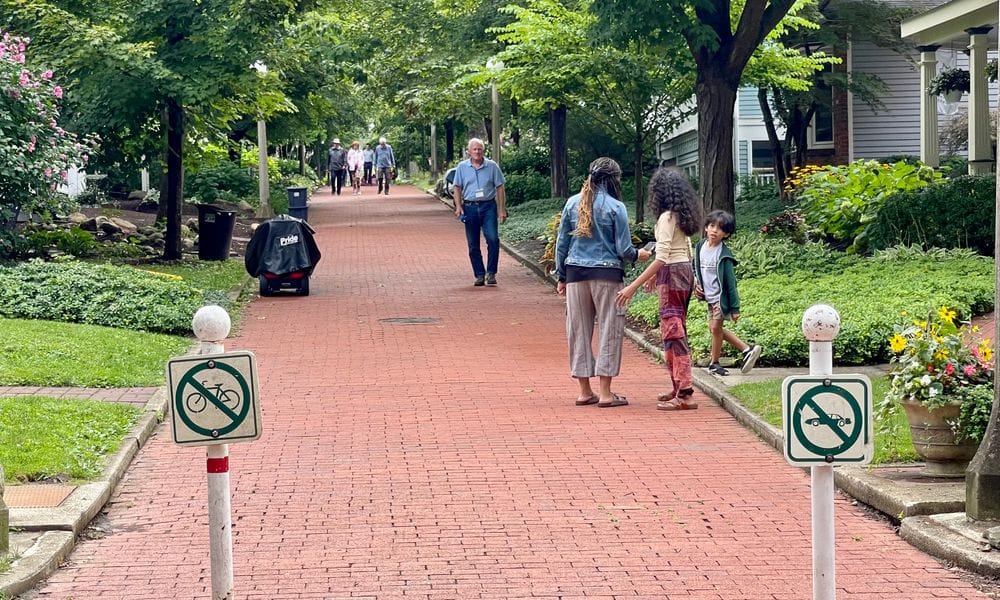
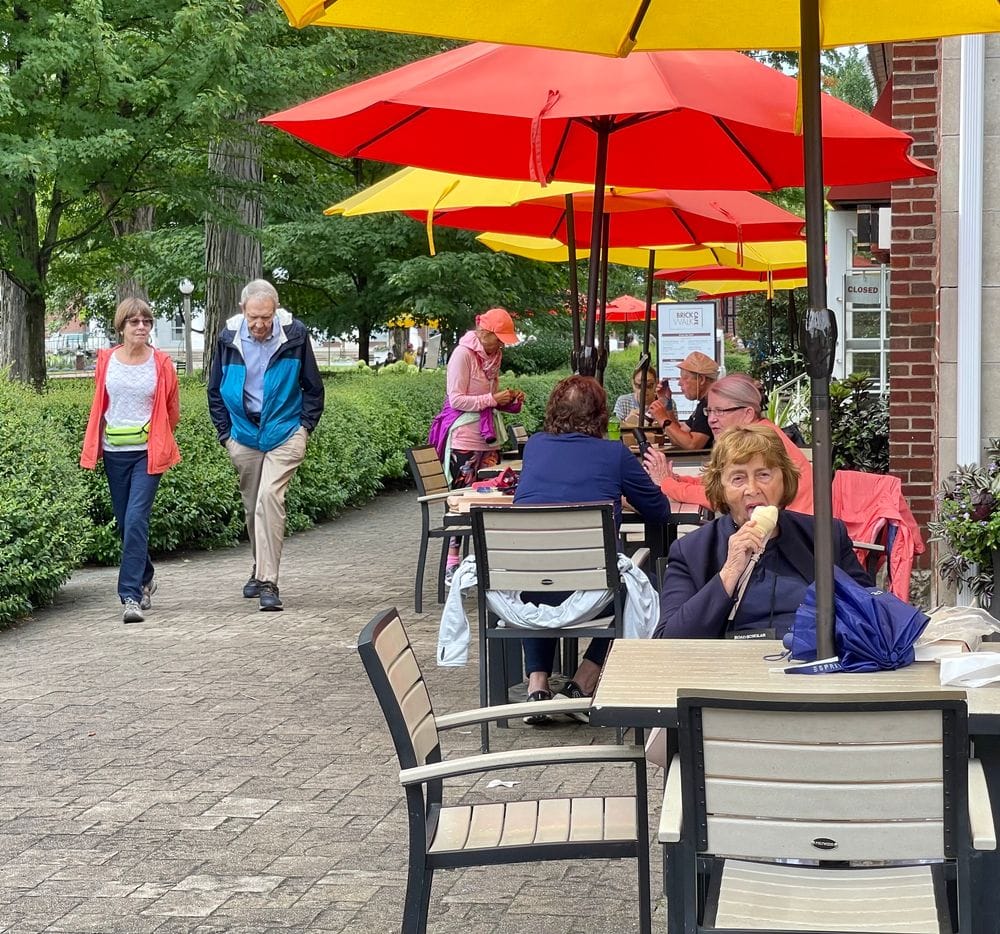
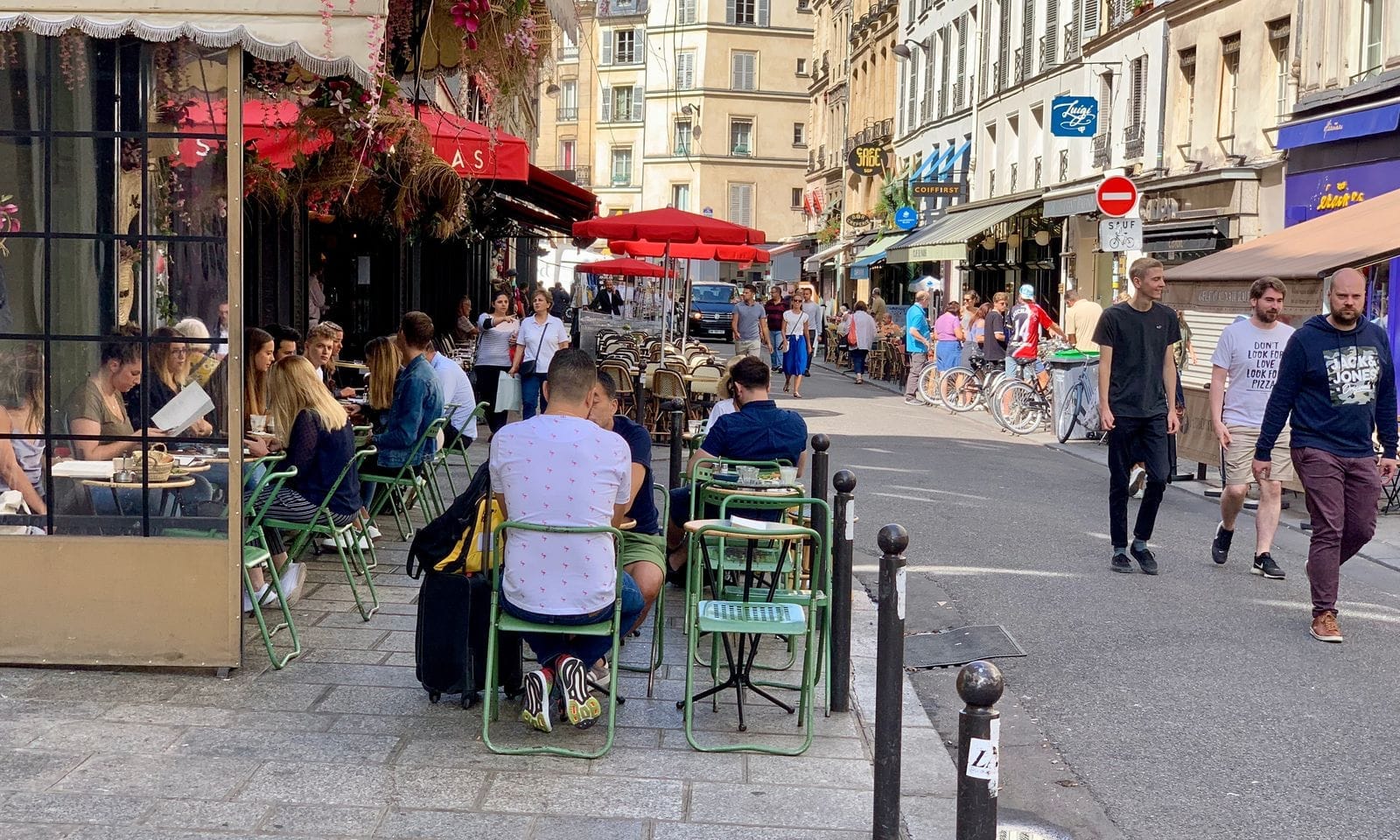
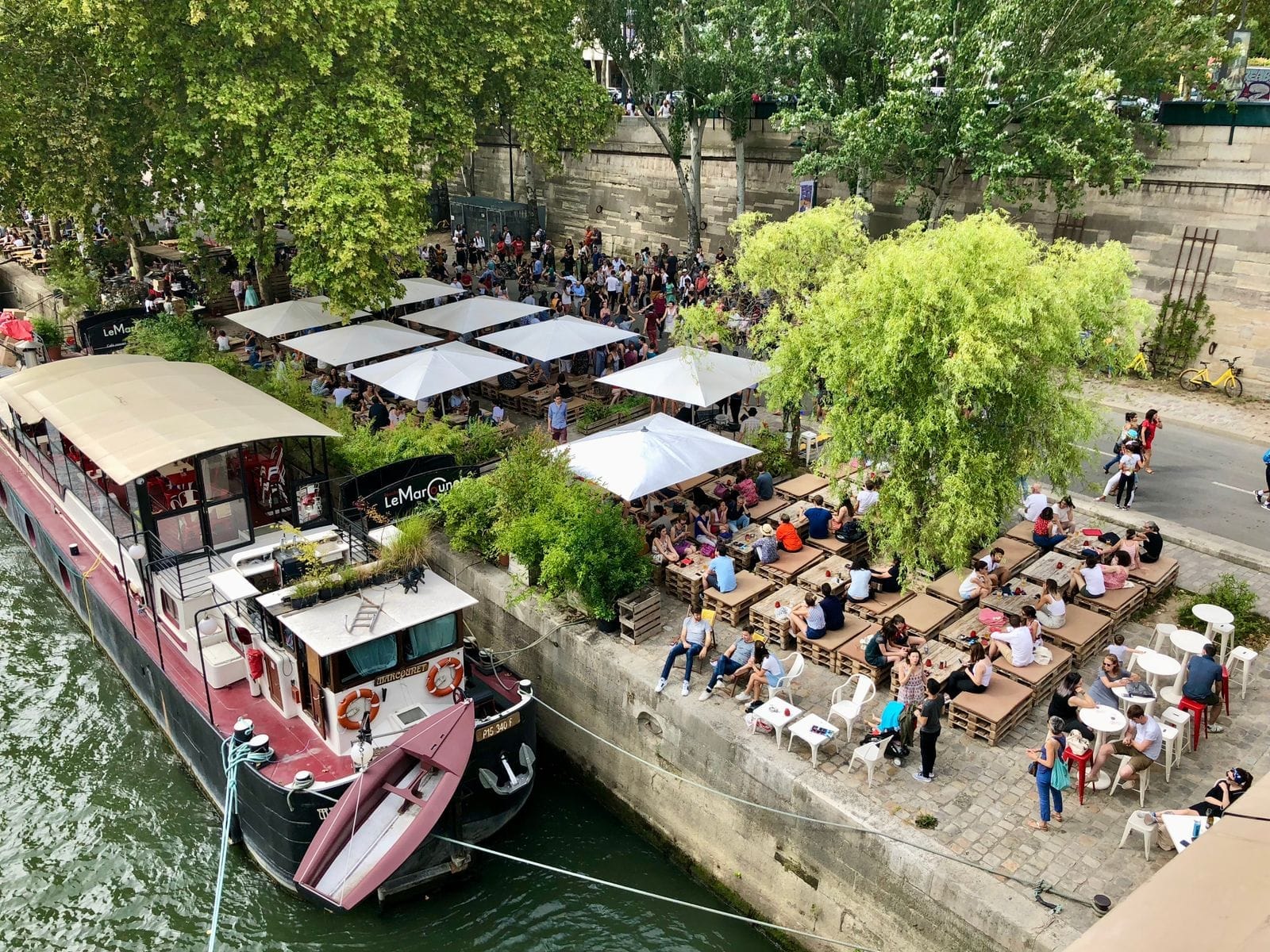
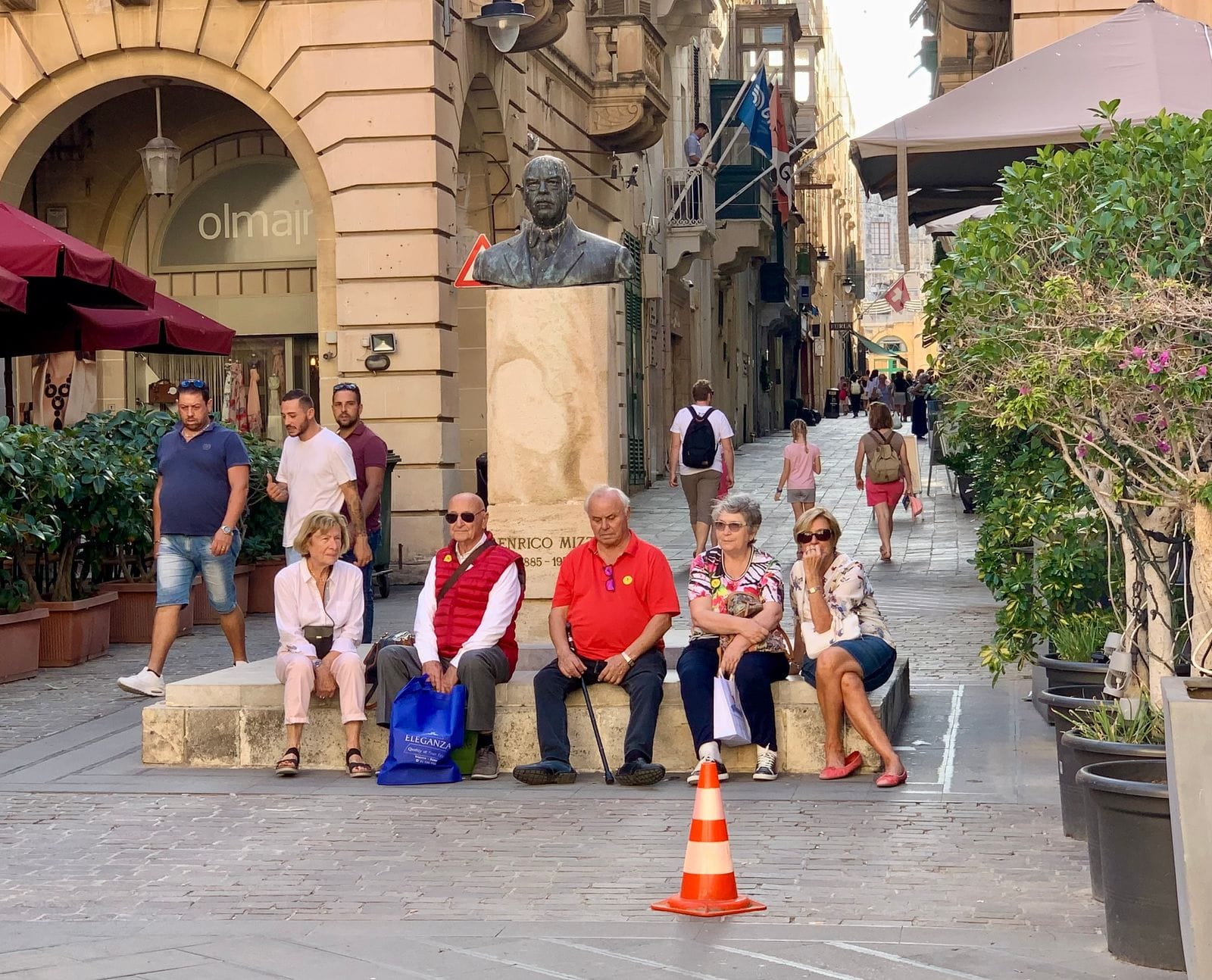

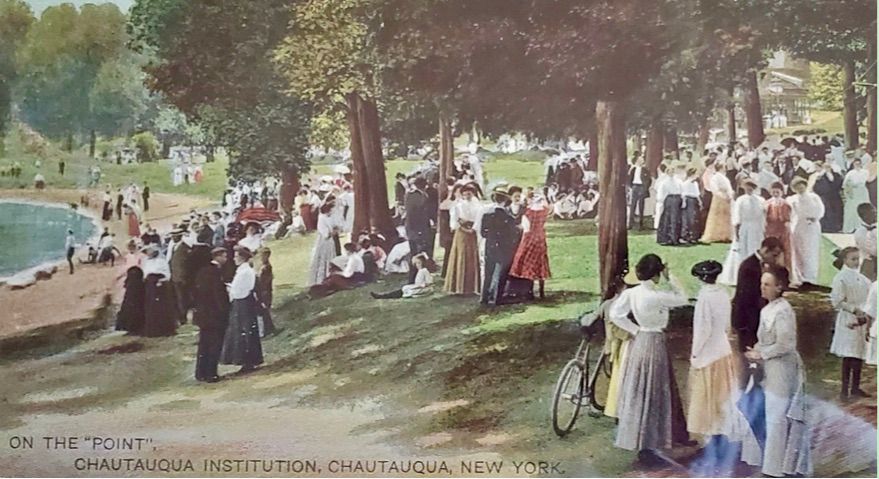
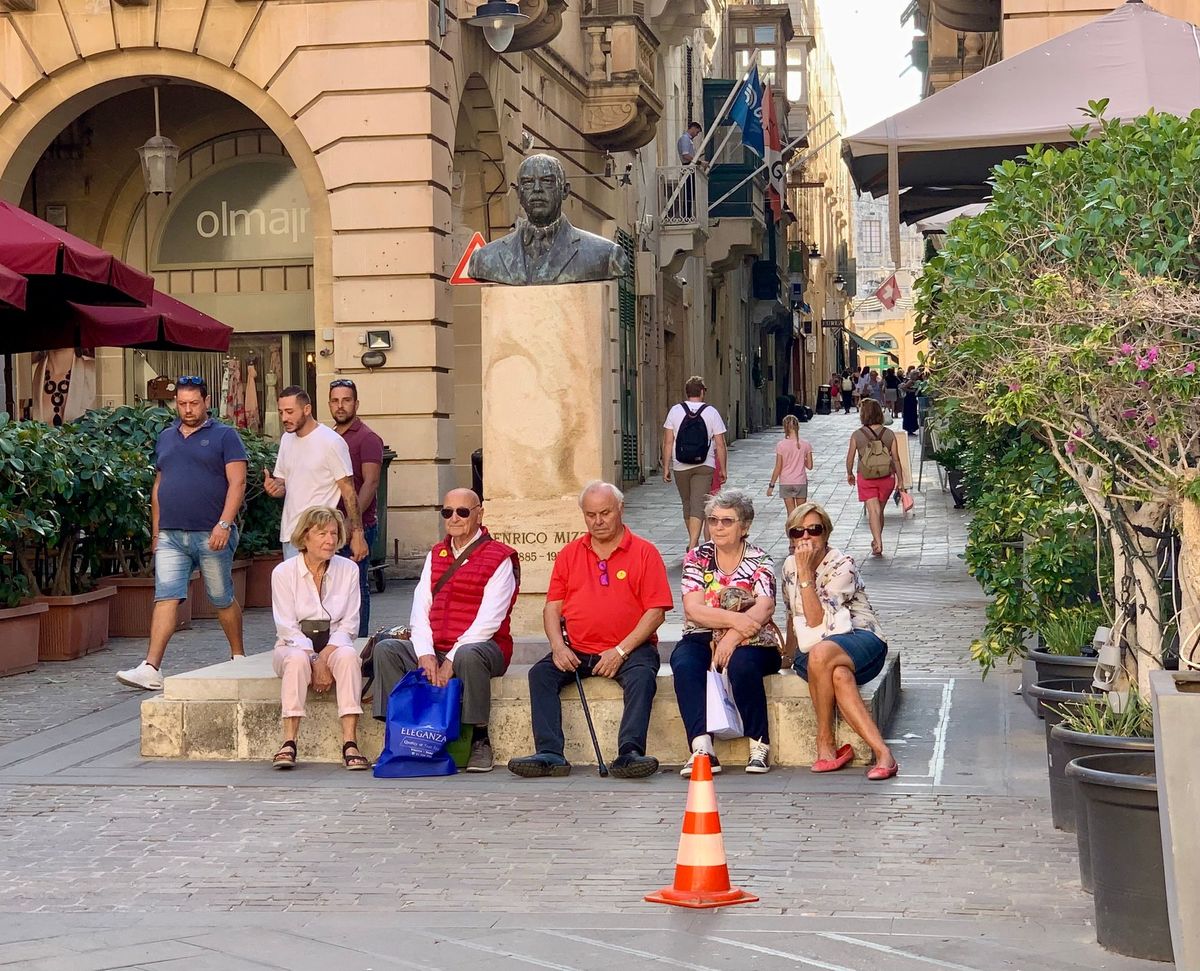
Walkable Cities
By and large, walkable cities are some of the most popular, and walkable cities are some of the most beloved in the world. It's no surprise. Walkability creates more interesting, beautiful, and convenient environments. When you don't have to get in your car, drive for 10-15 minutes, and look for parking every time you want to run a simple errand, life becomes much easier and more pleasant.
And when people are always milling around instead of zipping past in their cars, it makes sense to design an environment that's attractive to them, which is how more beautiful cities are created. It's no wonder the vast majority of Americans want to live in walkable environments. Unfortunately, few American neighborhoods are walkable.
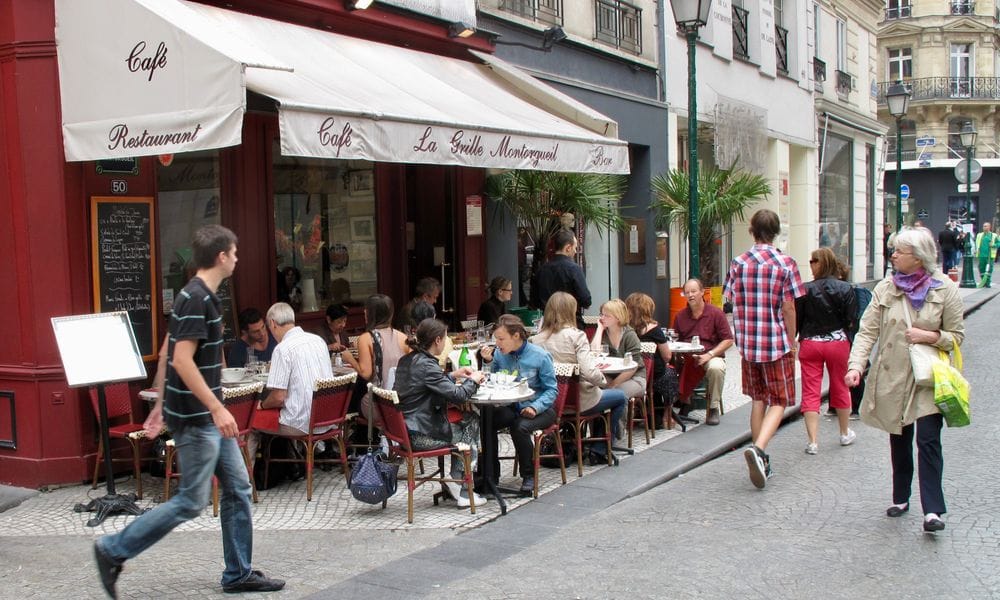
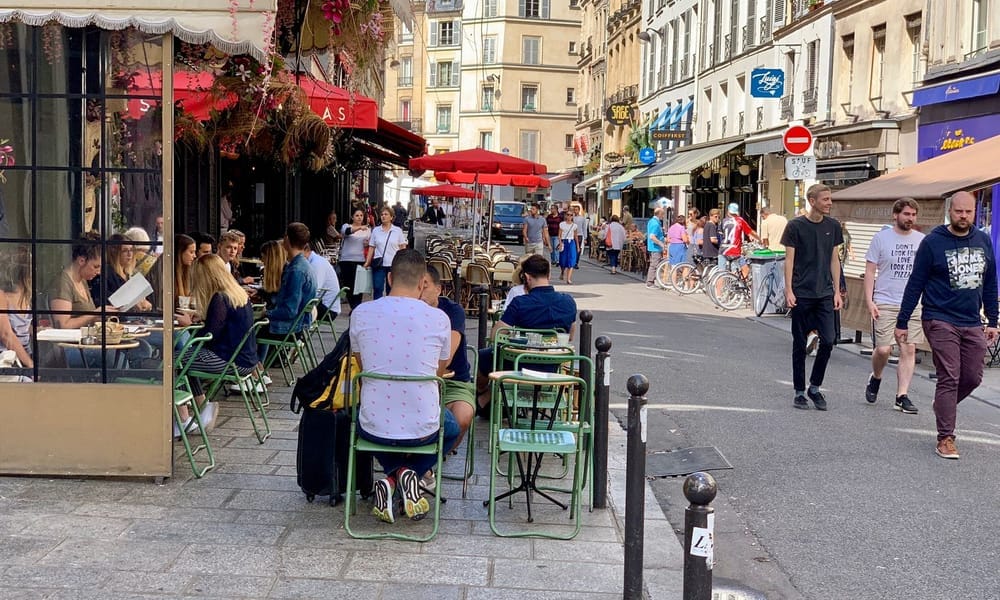
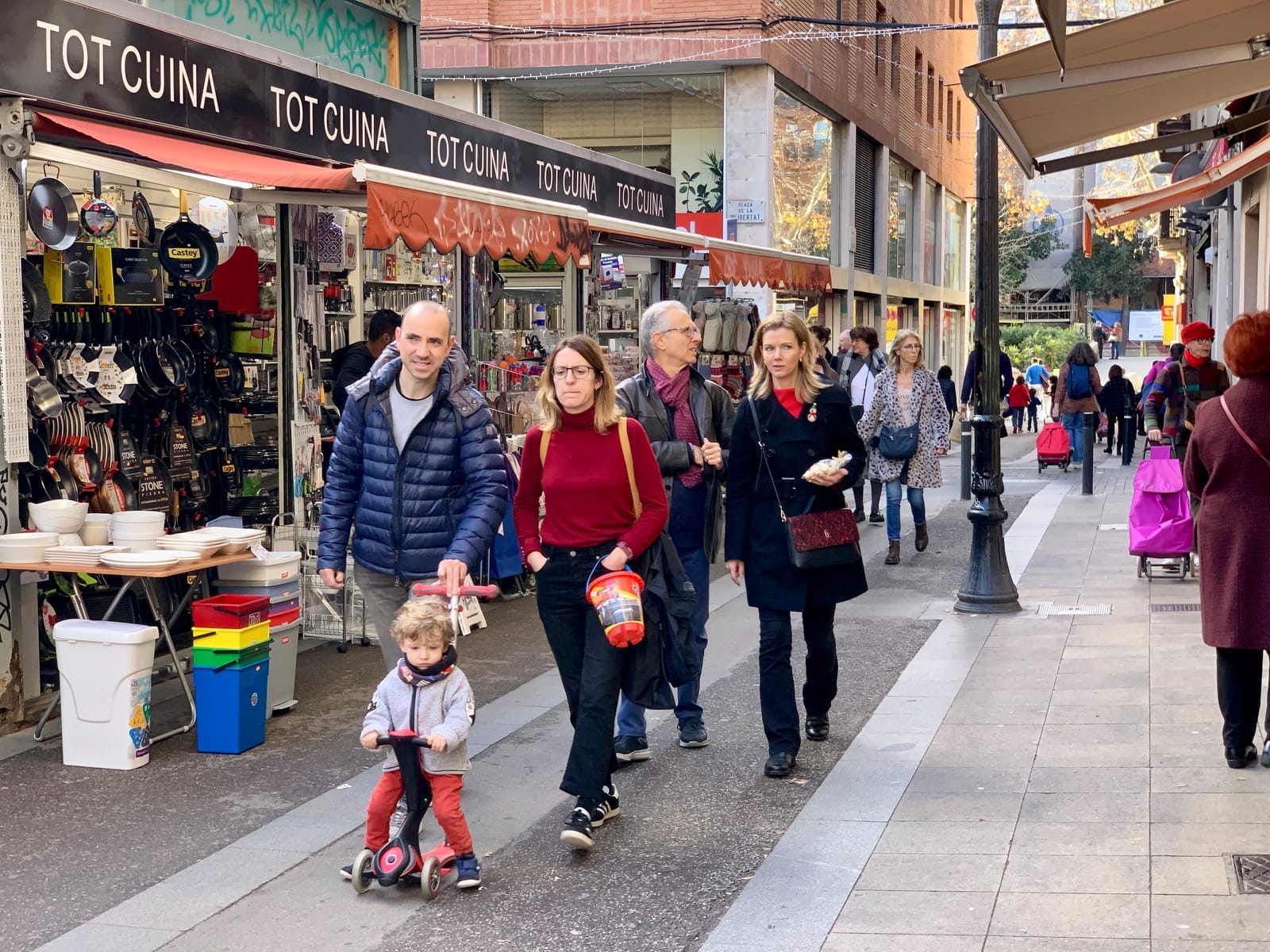
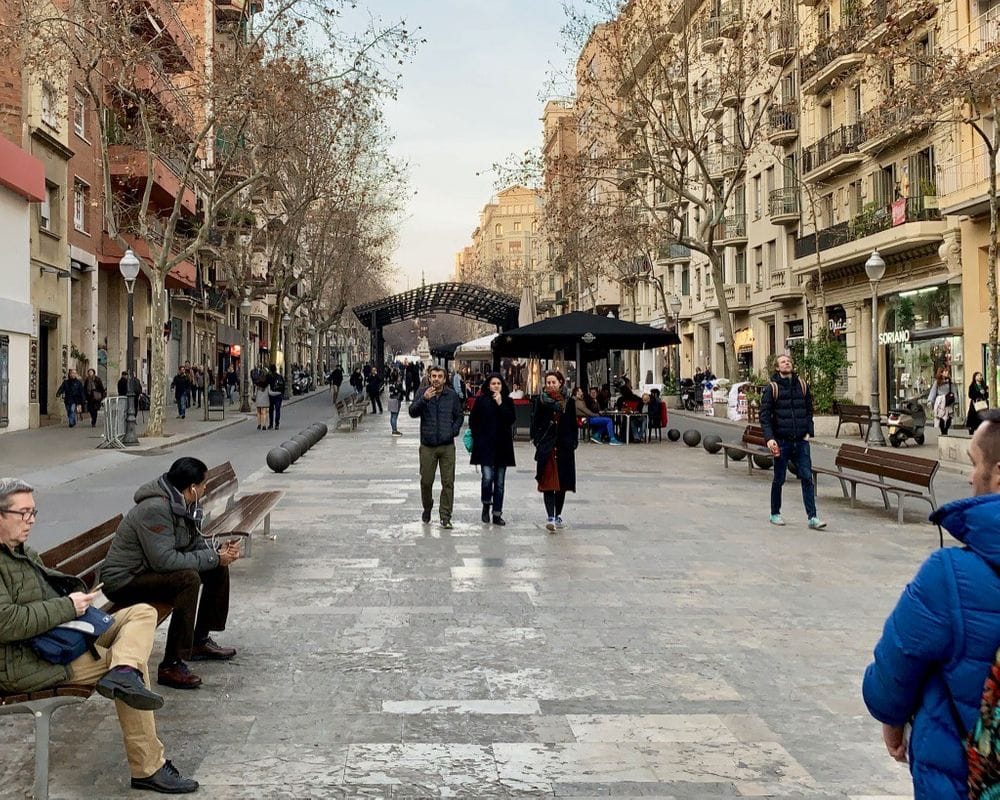
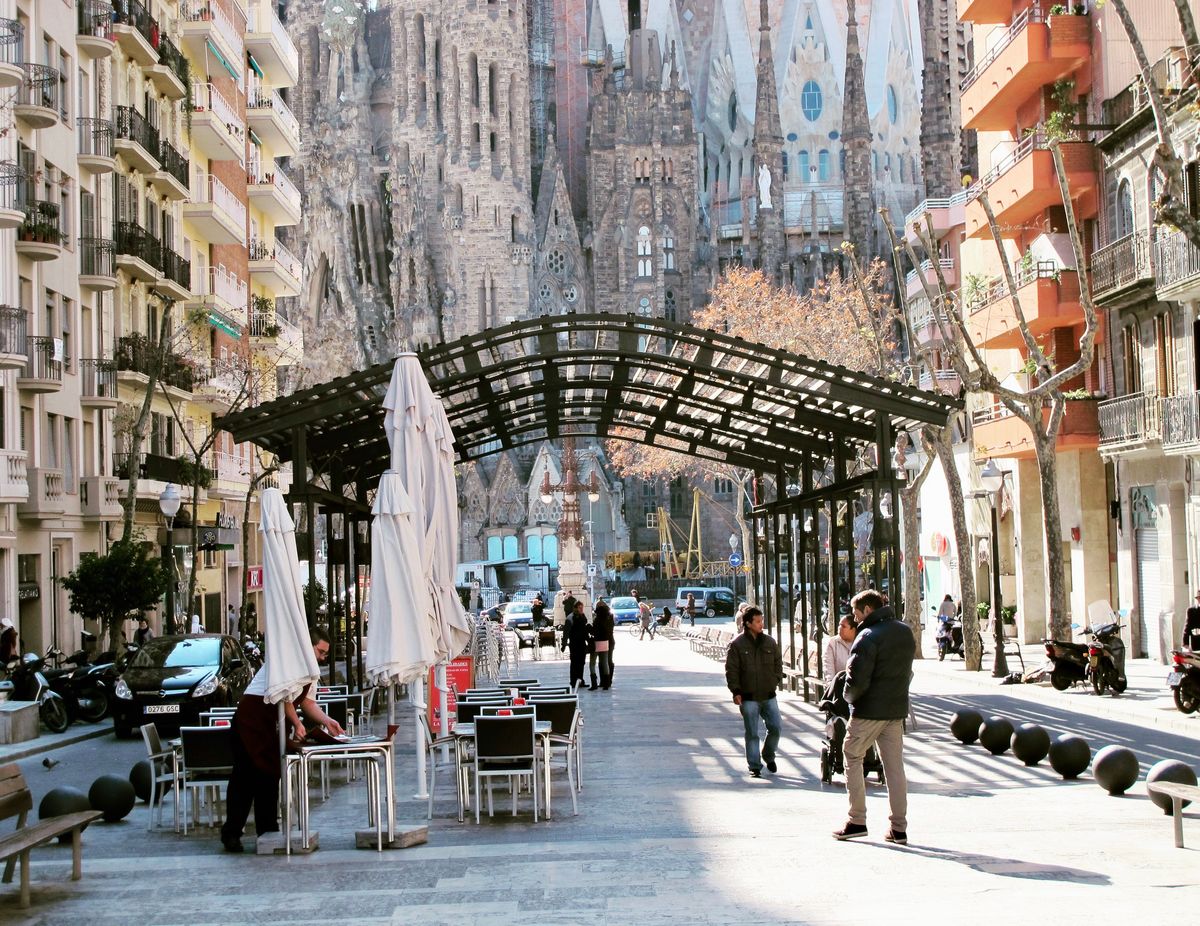
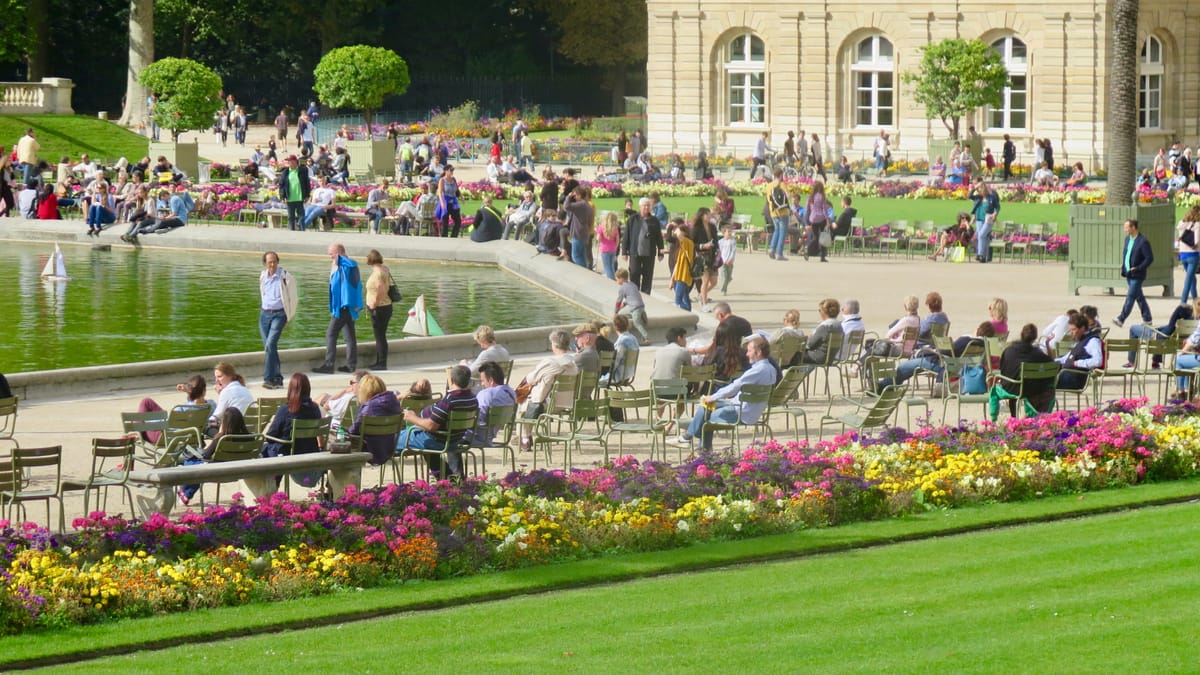
Our friend Mark Hinshaw is an architect and architectural writer living in a small town in Italy that is over 1000 years old. He has written several amazing articles for Social Life Project about his experiences living there. Below are 10 of his guidelines for designing human-centric cities in the manner that they used to be designed before cars took over.
- Build narrow local streets – even as narrow as under a dozen feet from building face to building face.
- Build irregular, quirky streets, not only ones with parallel lines and straight edges.
- Install lighting for pedestrian safety and neighborhood appeal, not just to support vehicular speeds.
- Build some streets without sidewalks to create the feeling of shared space.
- Parking areas should always be subject to other uses with 24h notice: for moveable seating, tables, festivals, vendors, markets, dances, community dinners, celebrations, etc.
- Street-facing space for commercial uses and services should be available in at least 25% of the street level area of any building (or block in more residential areas) containing housing.
- Parking spaces should not be mandated for any use as parking always comes with a fee and takes up valuable space that could be better utilized.
- At least 50% of the perimeter of any public space must be lined with buildings to create a sense of enclosure and activate the area.
- Food and beverage vending should be allowed within or adjacent to any public space to attract visitation and invite people to linger.
- Moveable seating should be made available in any public space.
Some of Mark's articles
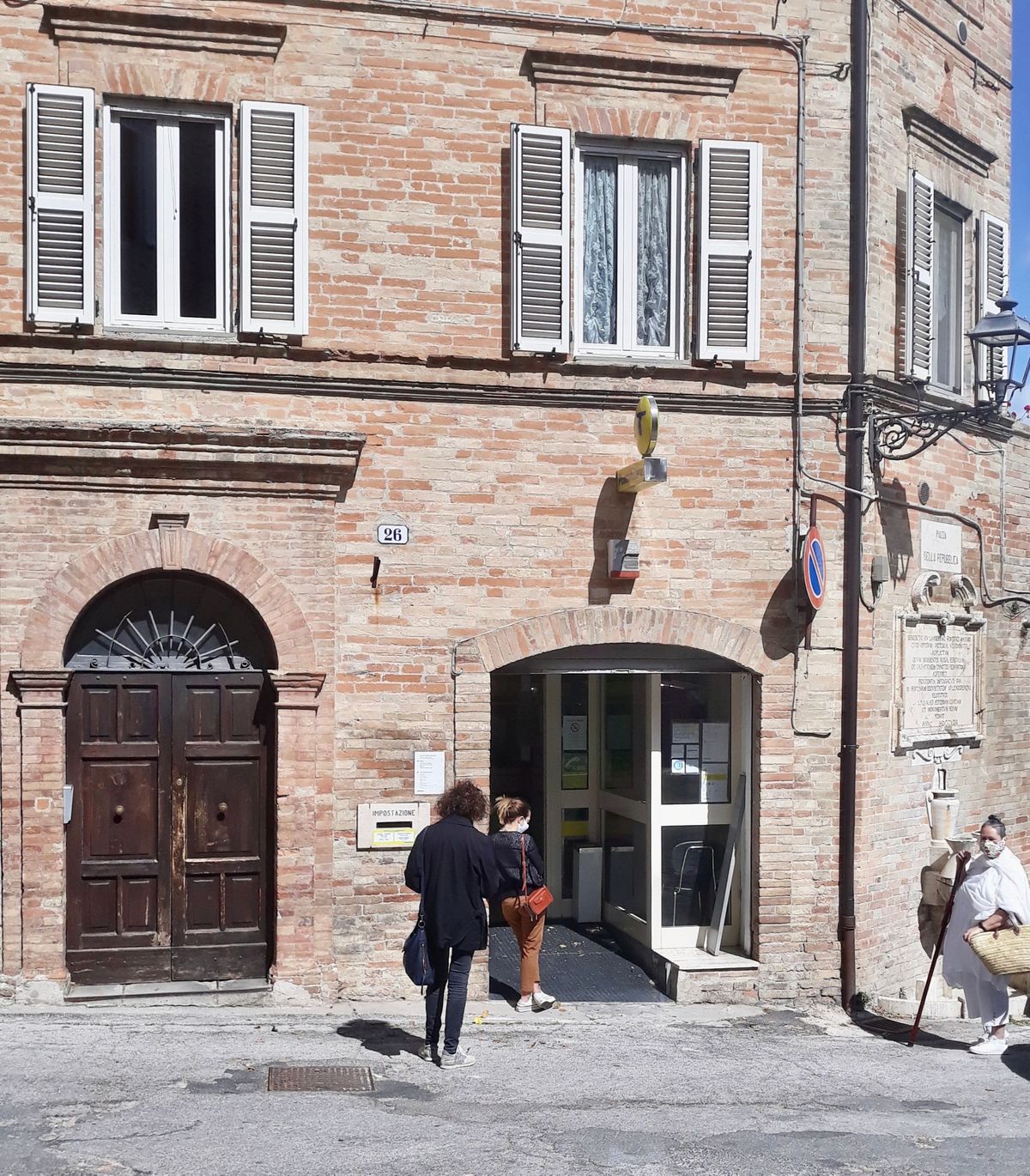
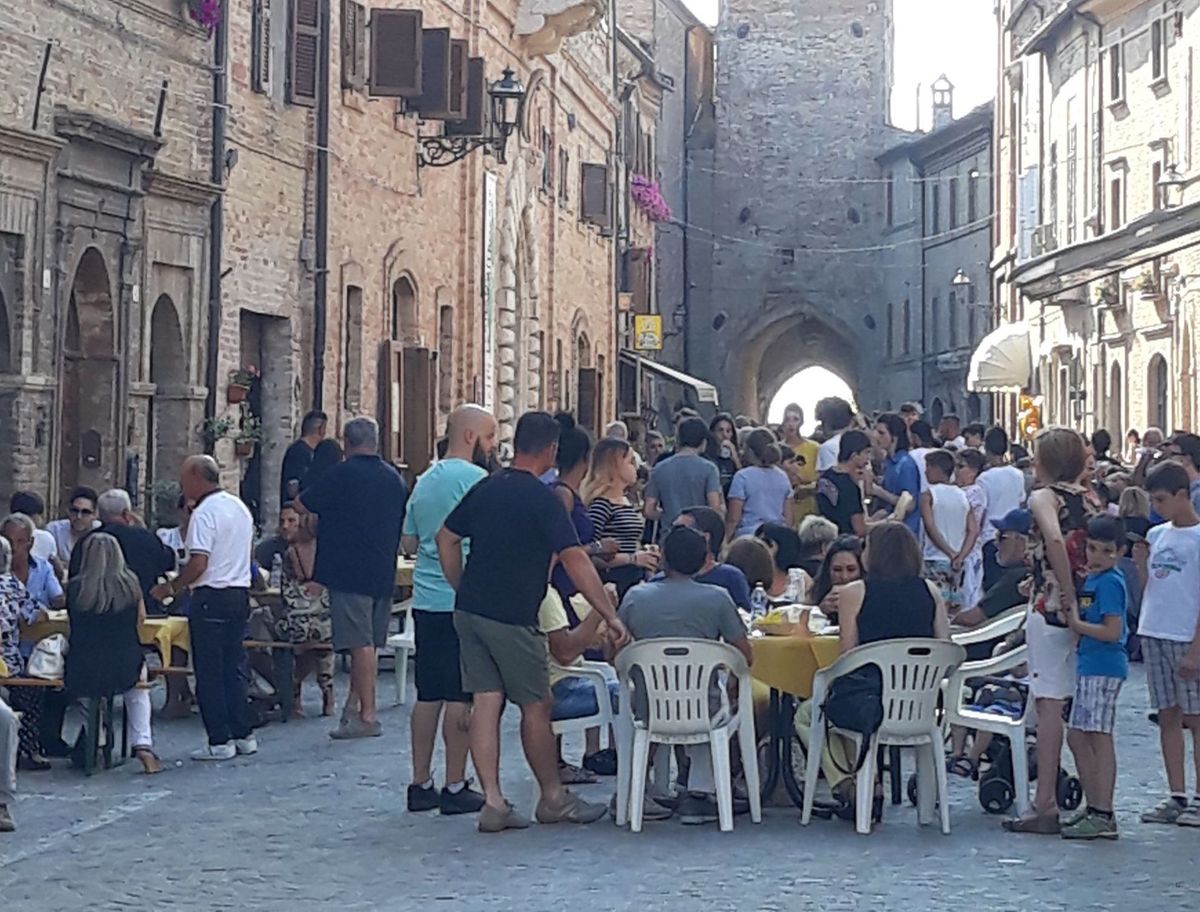
Streets for People Instead of Cars
Streets are nowadays synonymous with cars. But streets are the channels of a society's social and commercial activity. To use them only or primarily for car throughput is to waste immense potential. In cities and towns designed for people, there is almost always a vibrant main street that is interesting and pleasant to walk along. This main street acts as the backbone of the community and is a vital piece of how it functions.
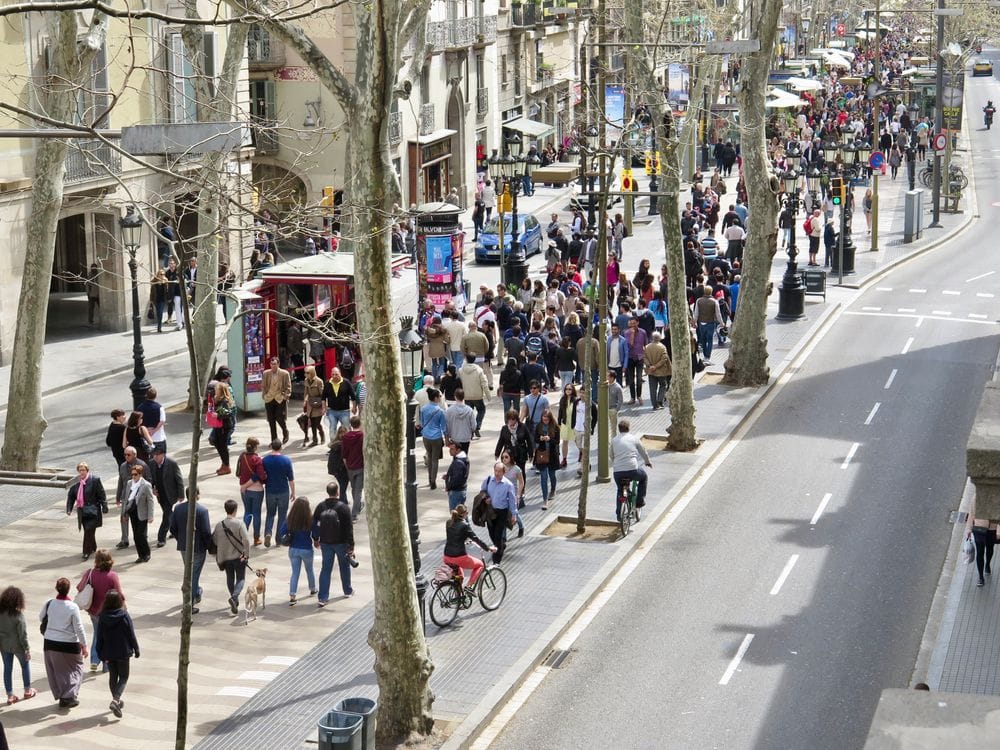
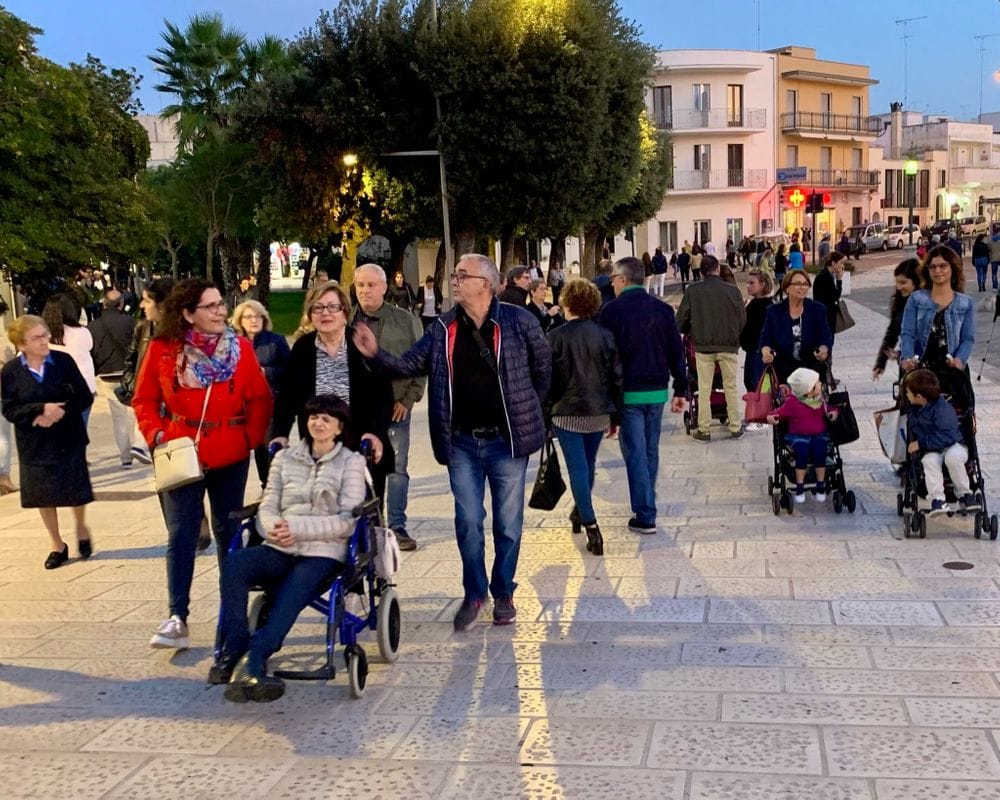
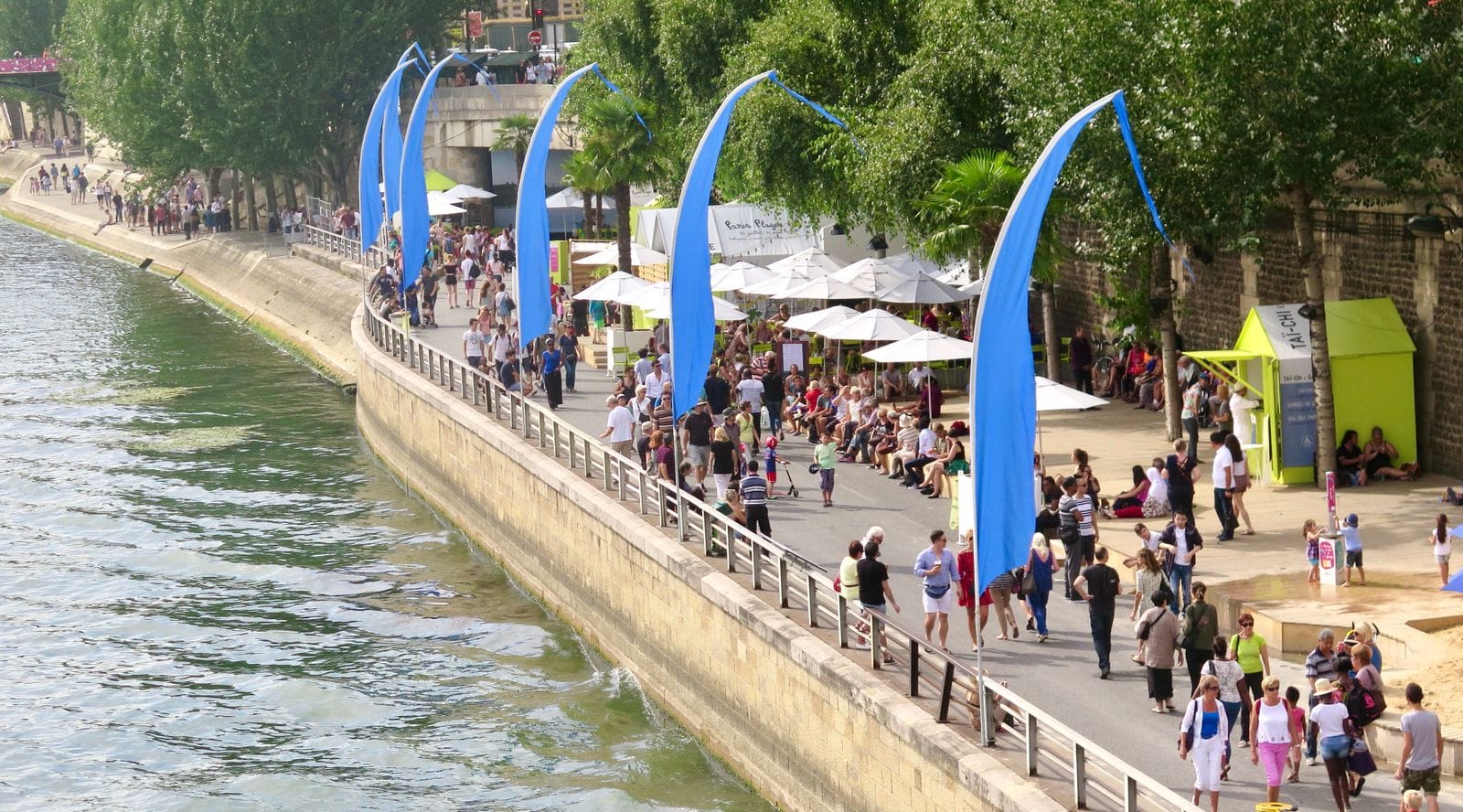

Barcelona's Passeig de Gracia; Otranto, Italy; Paris Plage; Barcelona's Las Ramblas
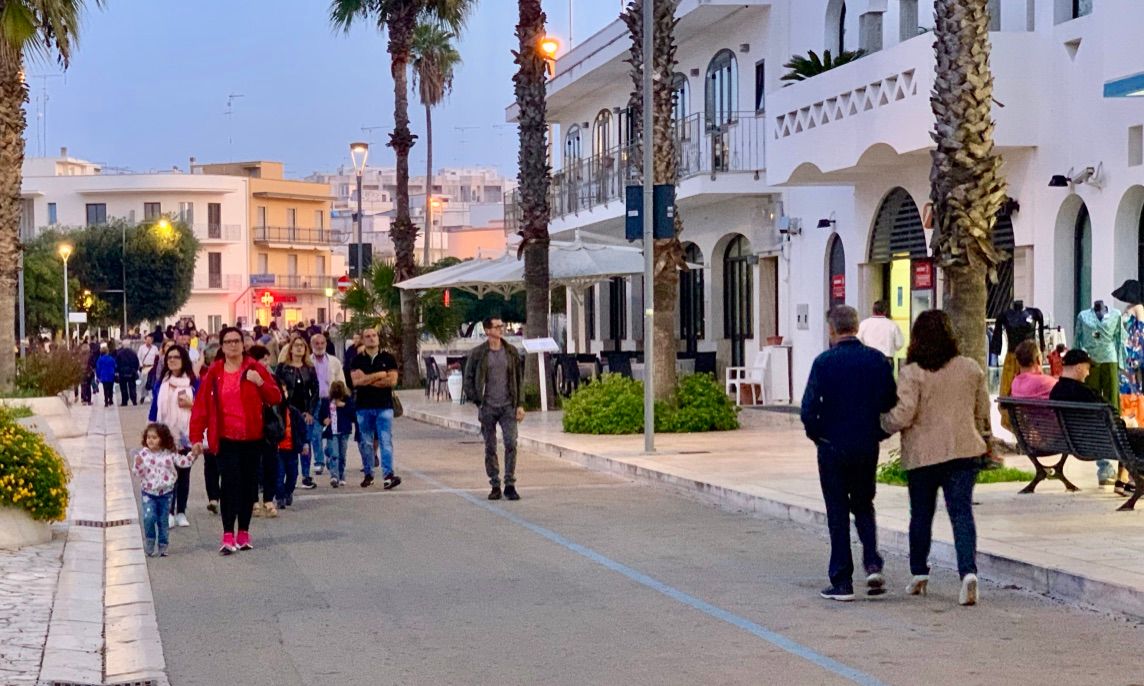

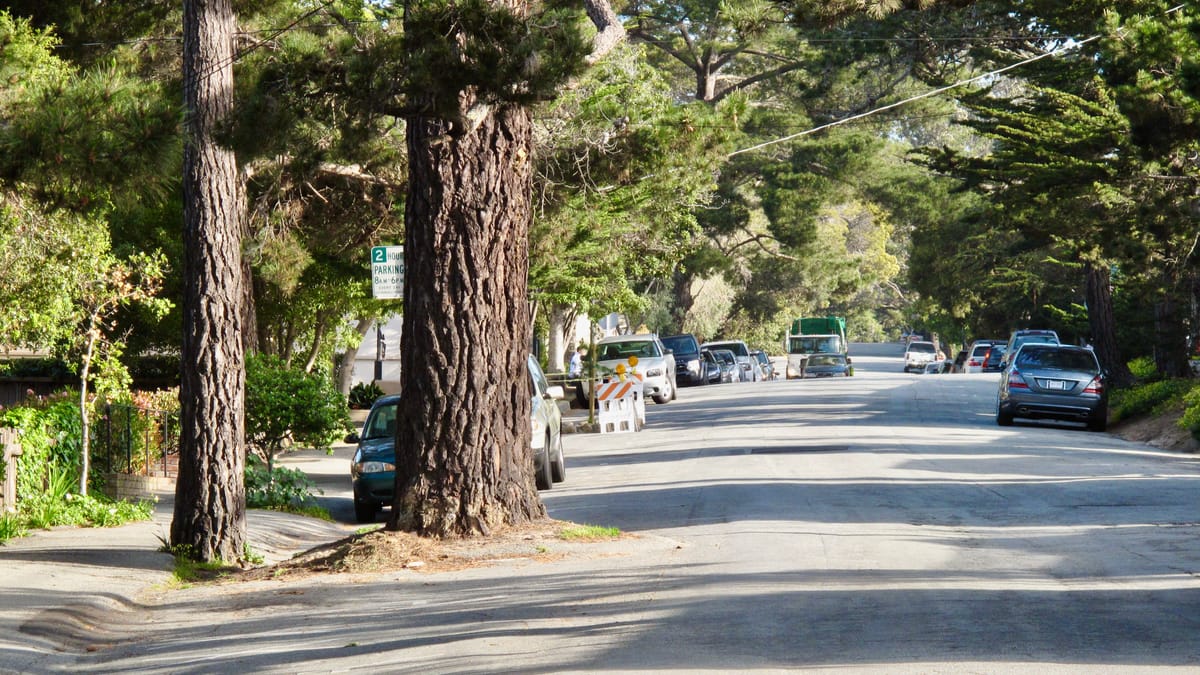
Old Style Small Town Life
When we think of small town life, we usually feel a sense of nostalgia. Small town life is something we associate with the best parts of the past – community, charm, and hominess. We think of beloved local businesses, cozy safe places, friendly neighbors, and children playing in the street because it's safe to do so. When we talk about "back to the future" design, we are talking about bringing these qualities back which have unfortunately been lost to car culture.
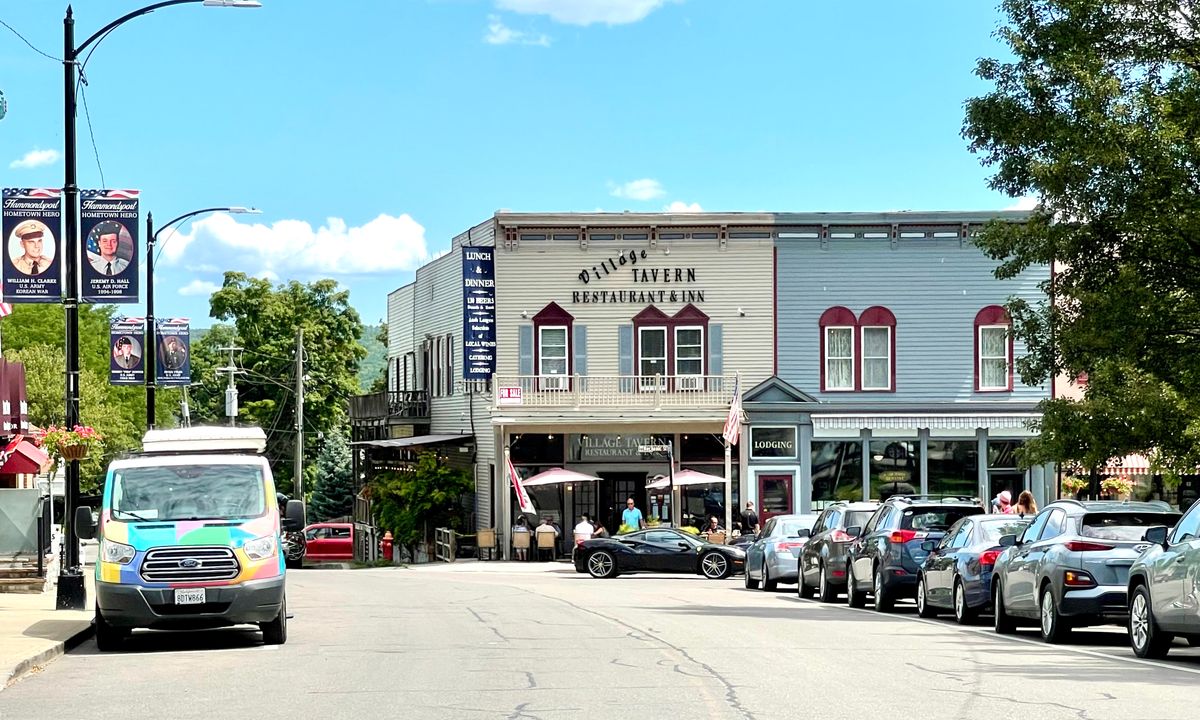
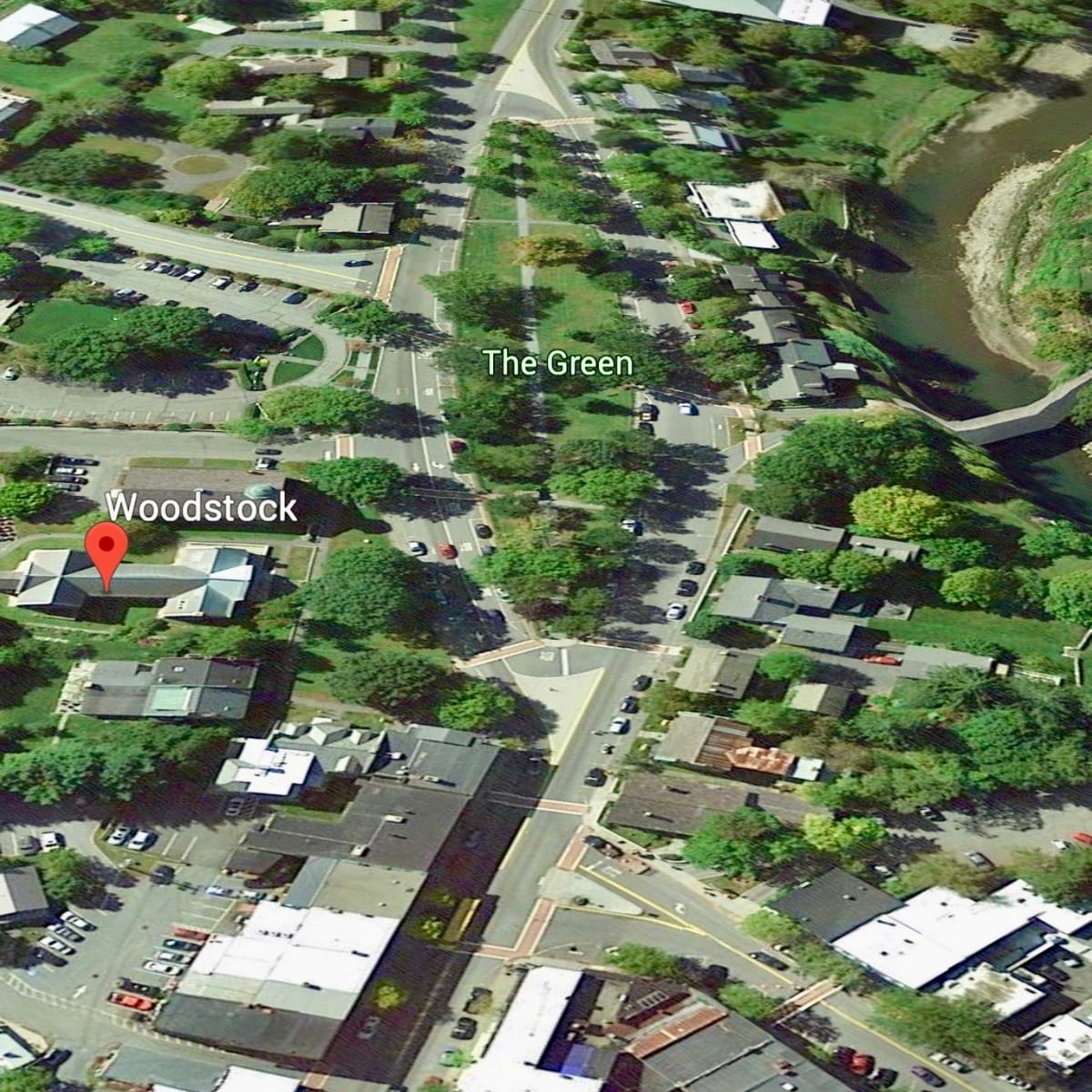
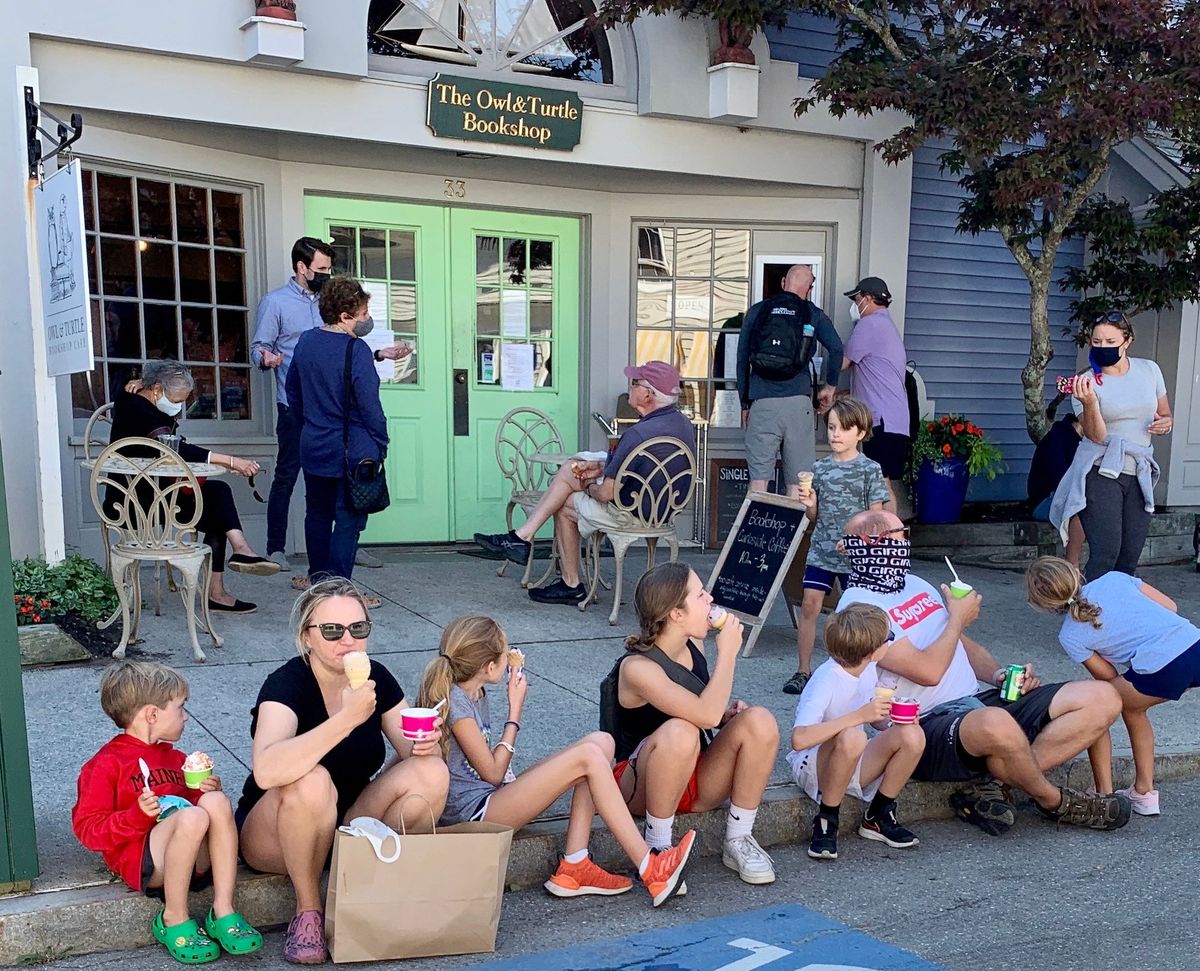
Sometimes, creating a great future means looking to the past for inspiration. When it comes to designing great cities, that is certainly true. New isn't always better. When we weave together innovations and insights from the present with tried-and-true principles from the past, we can create a truly bright future built on solid foundations, and one worth pursuing.
If you are interested in collaborating (articles, presentations, exhibits, projects, and more) or supporting the cause contact us.

![[Back to the Future] - Resource Guide](/content/images/size/w2000/2025/06/5E31E529-8723-475B-A454-C9D4730444B9.jpeg)














